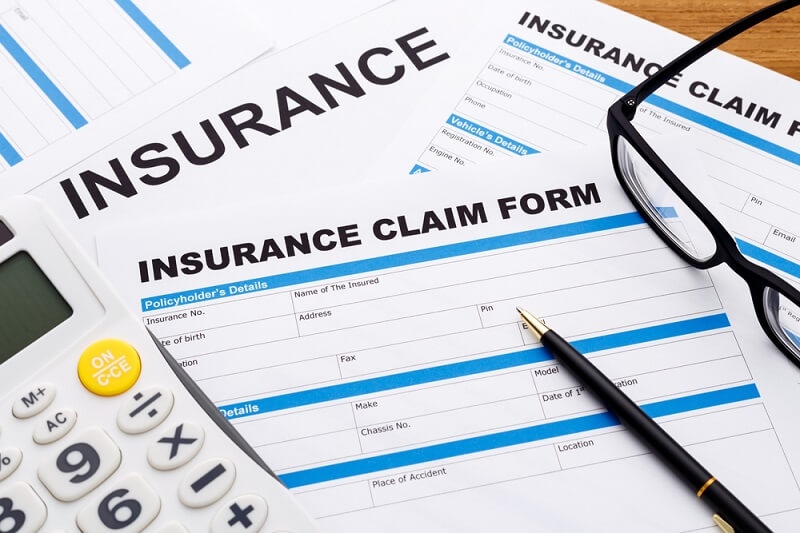
Making an insurance claim can be a complicated task if you are not prepared. With these insurance claim documentation tips, you will make the process less cumbersome and hopefully receive a quicker approval. Understanding the insurance claim document requirements and how to prepare a proof of loss will allow you to provide your insurer with the correct and complete information. Equally important is having your insurance organized, tracking your claims, and including supporting claim information to give a smooth claims experience for all parties involved with the insurance claim.
This article will show practical ways to manage each piece of the insurance claim documentation process that will help anyone, even if it's your first time, or if you don't want to miss any aspects of making sure you have documented everything appropriately.
Accurate documentation is the foundation of a successful claim. Insurers use organized paperwork to corroborate incidents and process payments. Using the insurance claim documentation tips should:
Without your own organized records or proper proof, your claim can be delayed or denied regardless of the coverage in your policy.
One of the initial steps is to determine what claim documents are required. It's essential that preparing the claim documents in advance limits unnecessary delays.
Standard claim documents include:
Always refer to your insurer's documentation, as actual required claim documents may vary depending on the type of insurance and the nature of the claim.
Preparing your proof of loss is an important task that may ultimately have an impact on whether your claim is approved. Proof of loss supports the claim that the event occurred, that there is damage, and the amount of payment you are asking for.
Some tips for preparing proof of loss:
I want you to know that delivering accurate and thorough proof of loss will ensure practical outcomes, allowing your claims settlement to proceed fairly and promptly.

Having an organized system for all insurance documents is essential, both for the initial claim and any subsequent follow-ups. Keeping everything organized will help save you time and stress while you log on to the claims process.
Some strategies for organization:
Having a sound organizational system allows you to quickly respond to your insurer’s requests for any documented claim process. This minimizes the chances of keeping a paper document that may get misplaced.
A critical action to keep track of claims is tracking the claim records.
How to track a claim record effectively:
Tracking claim records will allow you to follow up on a claim and clarify any disparity in the claims process with the insurer.
Alongside official forms and receipts, supporting claim evidence strengthens your case and helps prevent denials.
Types of supporting claim evidence include:
The more credible supporting claim evidence you provide, the smoother the claims process will be.
Even with the right paperwork, errors can hold up or cause injury to your insurance claim. Combat these errors by following these insurance claim documentation recommendations closely:
By eliminating these traps, you will give yourself a better chance at processing your claim.
Modern technology makes organizing and storing documents easier than ever. Using digital methods for your insurance claim documentation tips provides flexibility and security.
Digital documentation strategies:
Digital systems complement physical copies and improve accessibility during urgent claim situations.
We encourage you to review your policy to determine the required documents for approval. Even tiny things can impact your claim.
Policy Reviewing includes:
A comprehensive review will help you understand all the obligations outlined in your policy and reduce the likelihood of a claim being rejected.
Insurance adjusters evaluate your claim according to the evidence and documents you submit. Having your supporting claim evidence organized and complete can help them assess your claim faster.
Tips for communicating with adjusters:
Good communication and cooperation with your adjuster will help your claim process run smoothly and reduce misunderstandings.
Even after a claim, it is essential to establish your long-term records for future insurance needs or audit purposes.
Long-term documentation practices:
Strong long-term documentation practices will help you be prepared for any future claims or policy reviews. If you ever need to refile a claim, you will have the correct documentation to get started.
Some claims, such as significant property damage or multi-vehicle accidents, require additional documentation.
Additional steps include:
These extra precautions help substantiate claims and reduce potential disputes.
Following detailed insurance claim documentation tips ensures your claim process is smooth and efficient. By knowing the required claim documents, how to prepare proof of loss, organizing insurance paperwork, tracking claim records, and including supporting claim evidence, you can protect your rights and secure timely reimbursement.
This content was created by AI